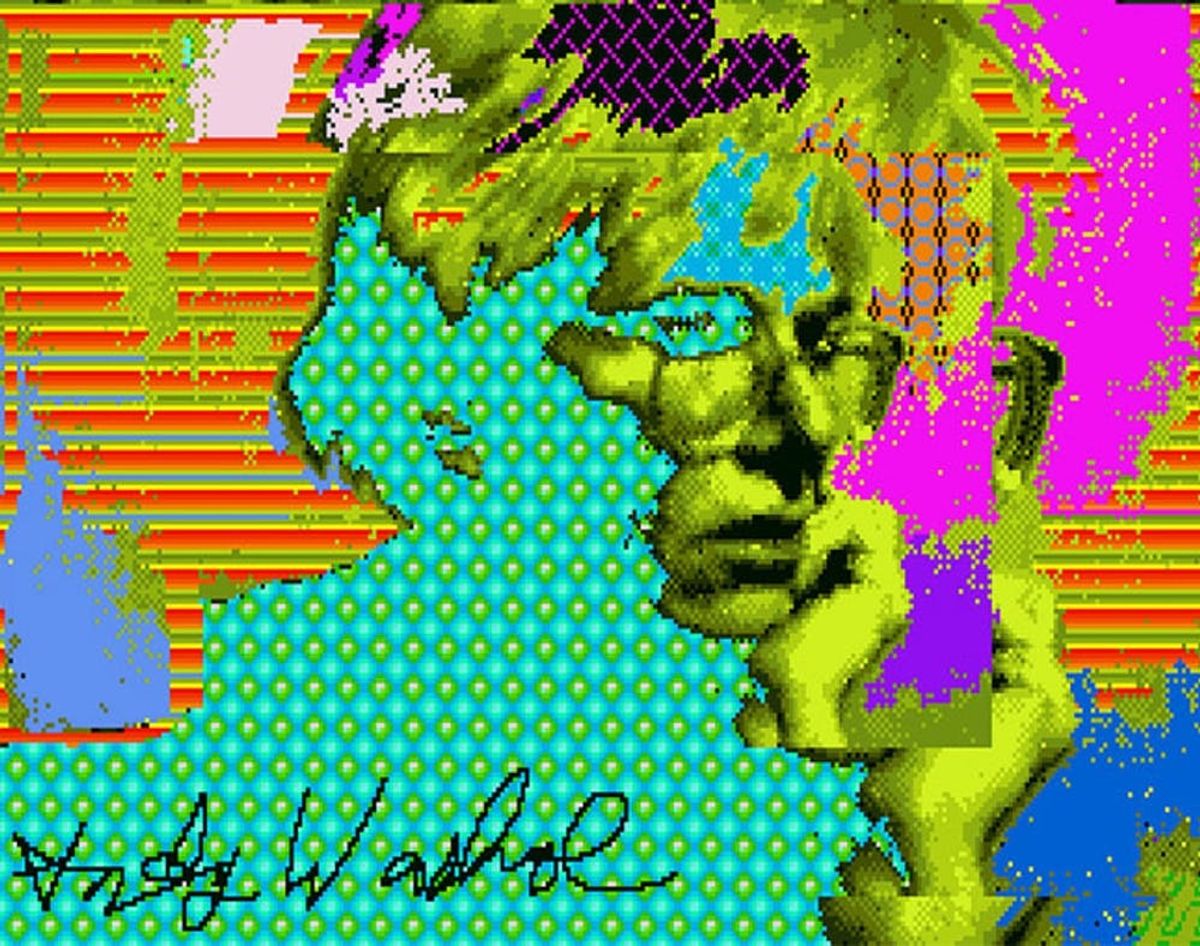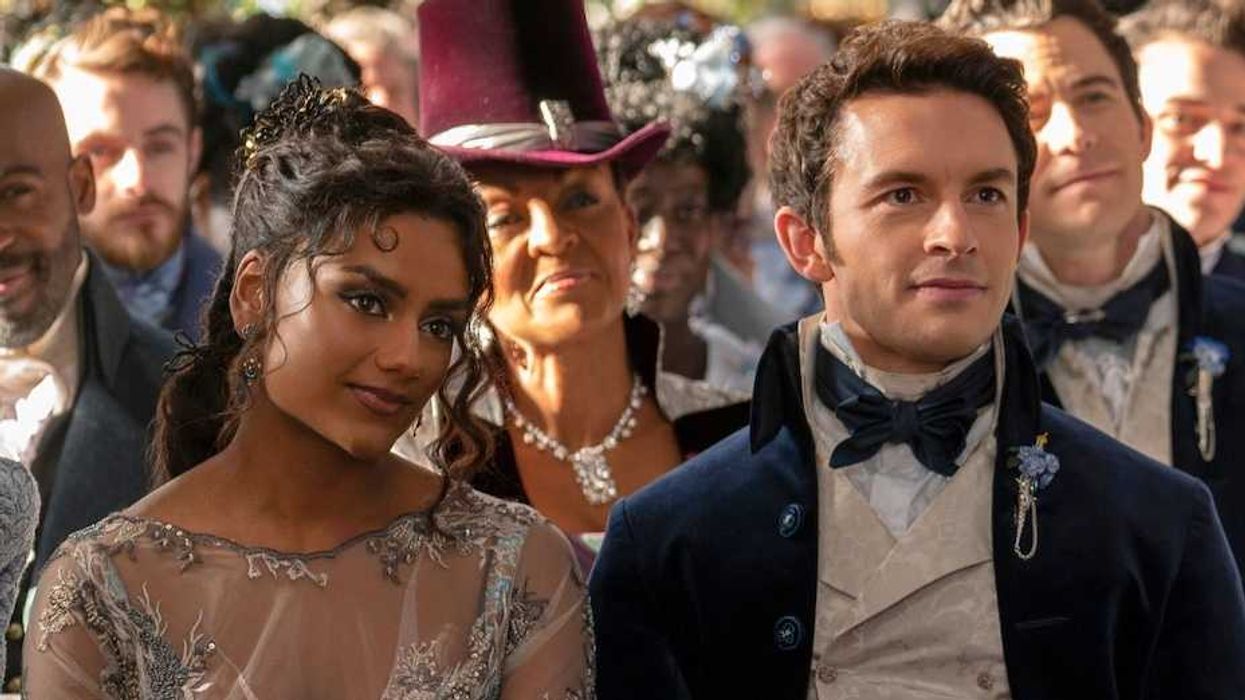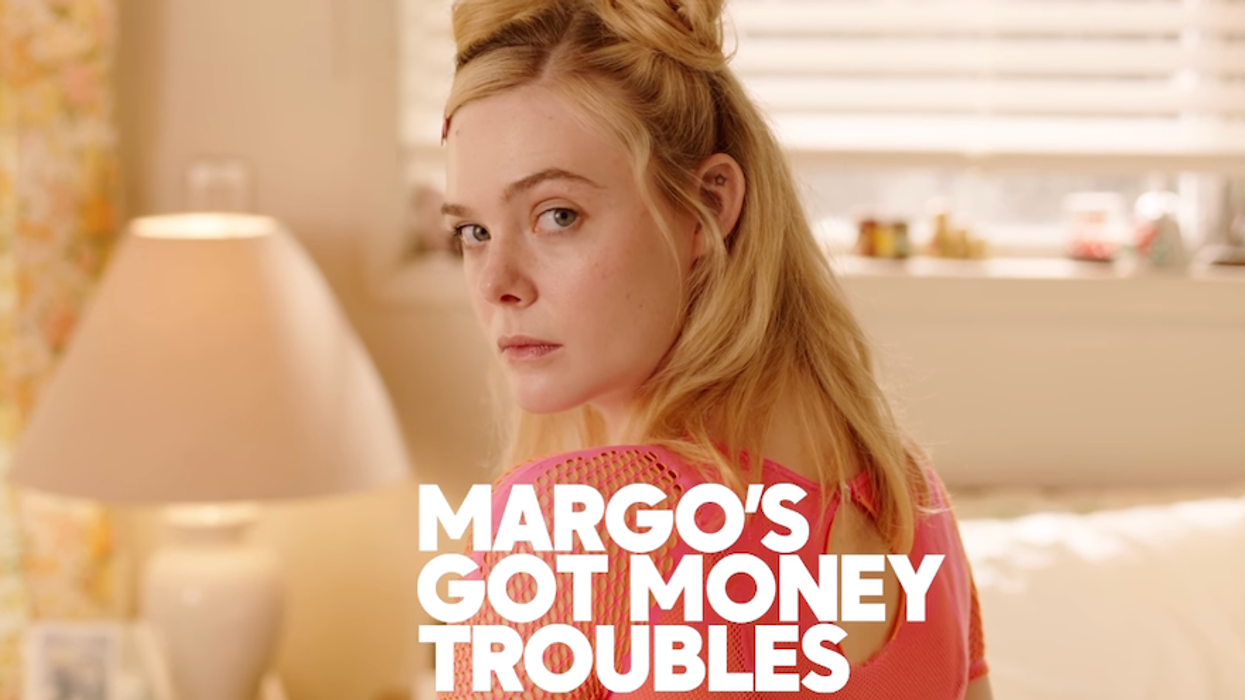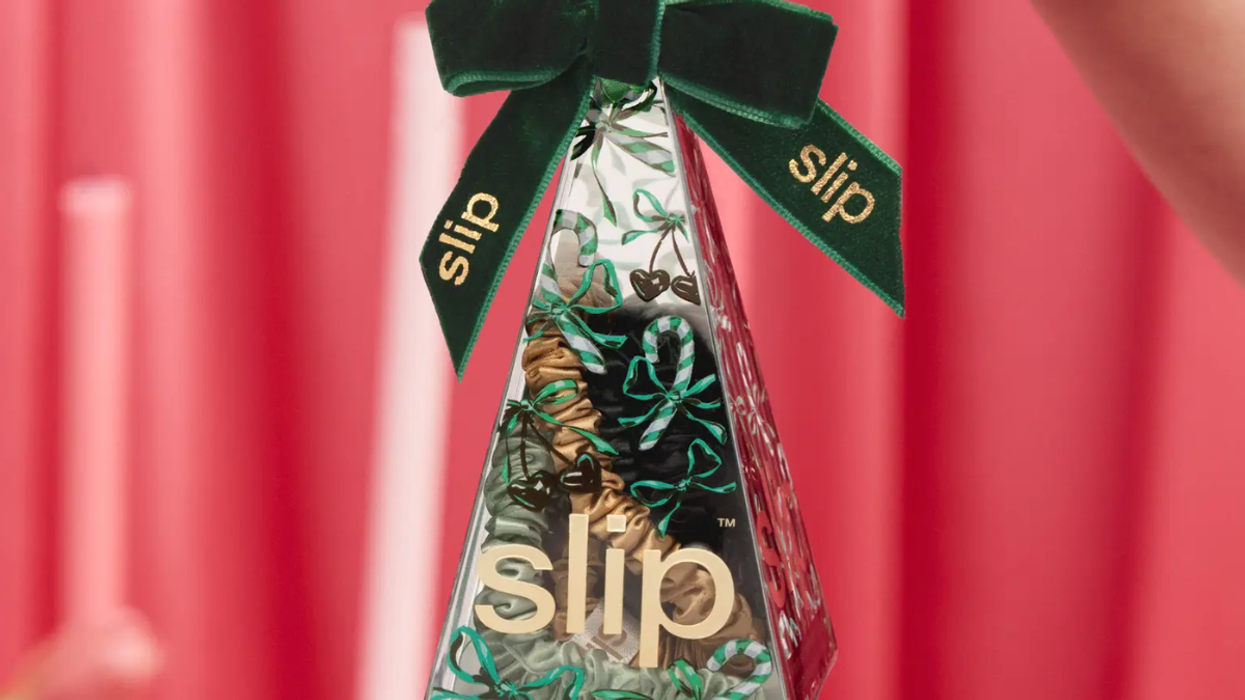Pop art lovers — brace yourselves. After 30 years of being hidden away on floppy disks (yes, floppy disks), a whole slew of Andy Warhol artworks have been uncovered — 18 images with a dozen of them being signed.
Whoa. 18 Never-Before-Seen Andy Warhol Works Discovered on FLOPPY DISKS!

Pop art lovers — brace yourselves. After 30 years of being hidden away on floppy disks (yes, floppy disks), a whole slew of Andy Warhol artworks has been uncovered — 18 images with a dozen of them being signed. That’s right, Warhol made computer art and BACKED IT UP!
Warhol fanboy and new media artist, Cory Arcangel, starting wondering about Warhol’s digital works, after seeing a video of Warhol and Debbie Harry promoting the launch of Commodore’s Amiga 1000. (For those who weren’t on this planet in 1985, the Amiga was a computer.) In the video, Warhol works on the Amiga to create a portrait of Debbie Harry. When Arcangel saw the YouTube vid, he wanted to know what the heck happened to those doodles.
He contacted The Warhol Museum in Pittsburgh to ask if he could do some digging around, and what it lead him to were loads and loads of floppy disks. But those disks had never been looked at since the museum acquired them in 1995… because who has the means to look at a floppy disk? The answer: Carnegie Mellon’s computer club, known for its “comprehensive collection of obsolete computer hardware.” So they went to work uncovering and cataloguing.
After 30 years laying dormant on el floppy, what was discovered was a three-eyed re-imaging of Botticelli’s The Birth of Venus, which apparently came preloaded on the Amiga… minus the third eye. Besides the Venus, there were the objects you’d expect Warhol to be tinkering with — Campbell’s soup cans, bananas, Marilyn Monroes and self-portraits.
By today’s standards, a graphic designer he was not, but it’s interesting to see his process and his experimentation with what was considered cutting edge technology at the time. The Warhol Museum considers the new collection a symbol of a “transformation in our culture: the dawn of the year of affordable home computing.” Imagine what the dude could have done with an iPad and Procreate.
If you’re really into Warhol or obsolete computers and live in the Pittsburgh area, head to the Carnegie Library Lecture Hall on Saturday, May 10th, when they’ll be showing a documentary about the recovery process. Or you can watch it online at Now See This, shortly after the official screening.
How do you feel about this artistic unearthing? Let us know in the comments below!

















